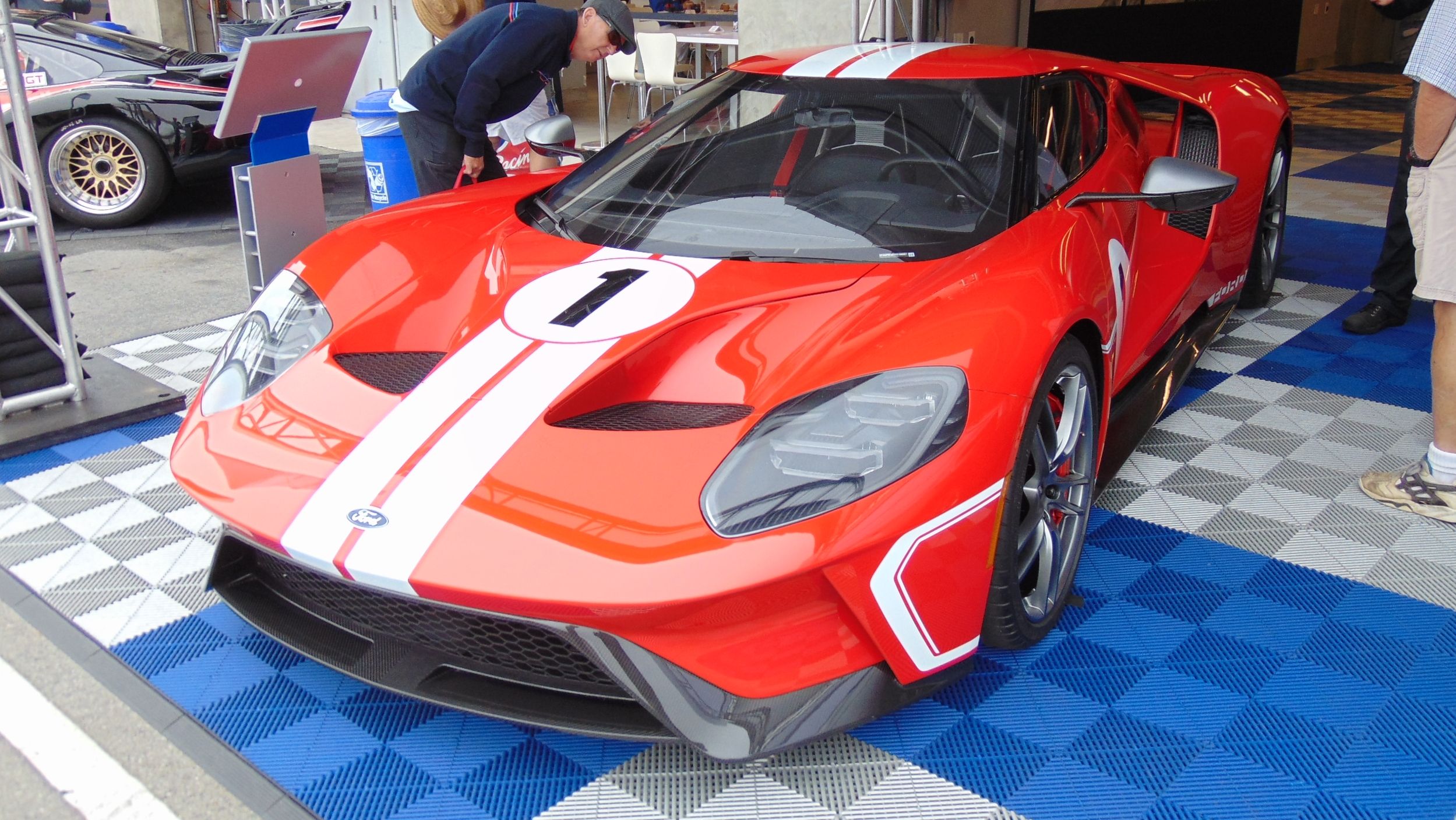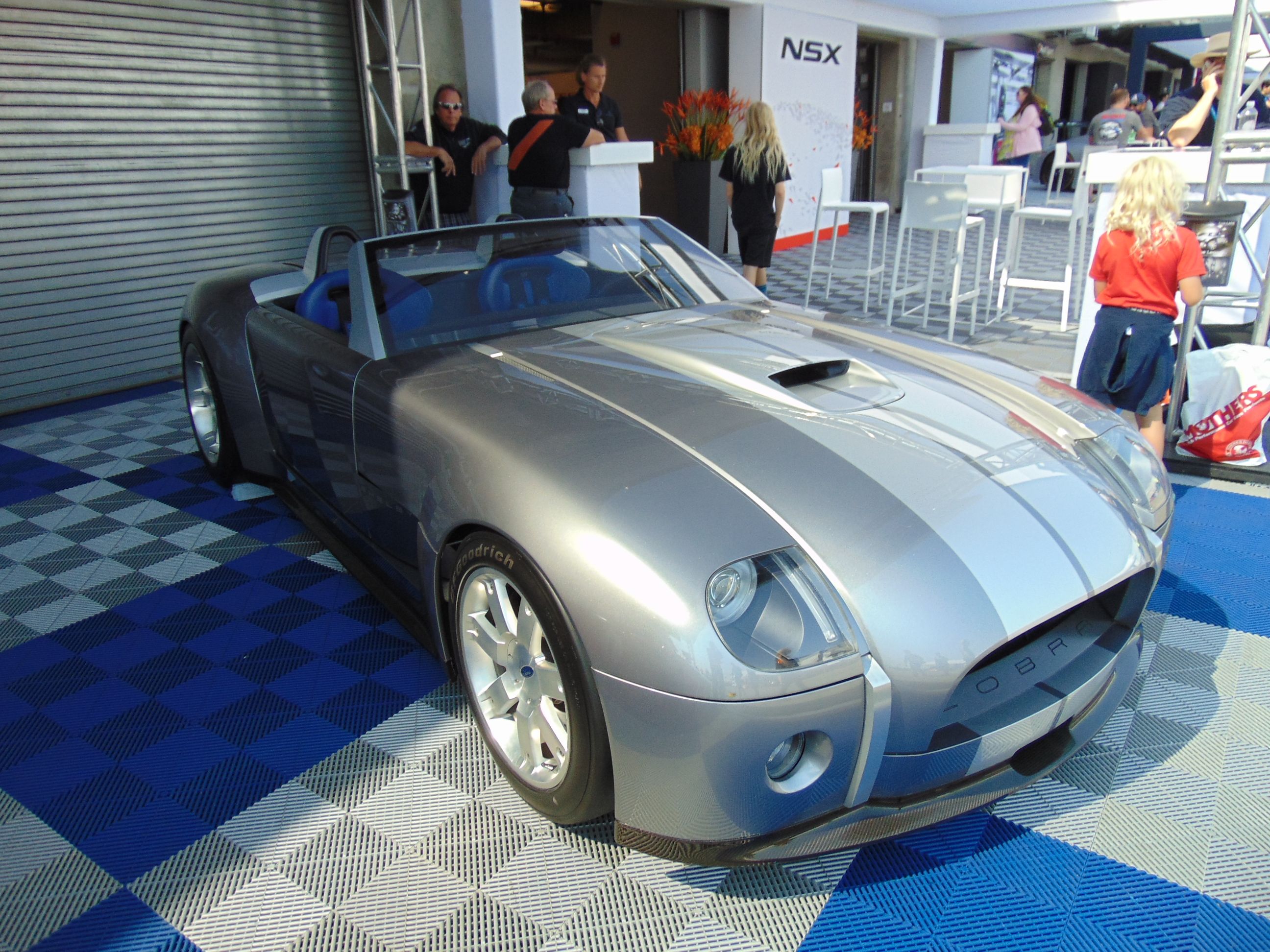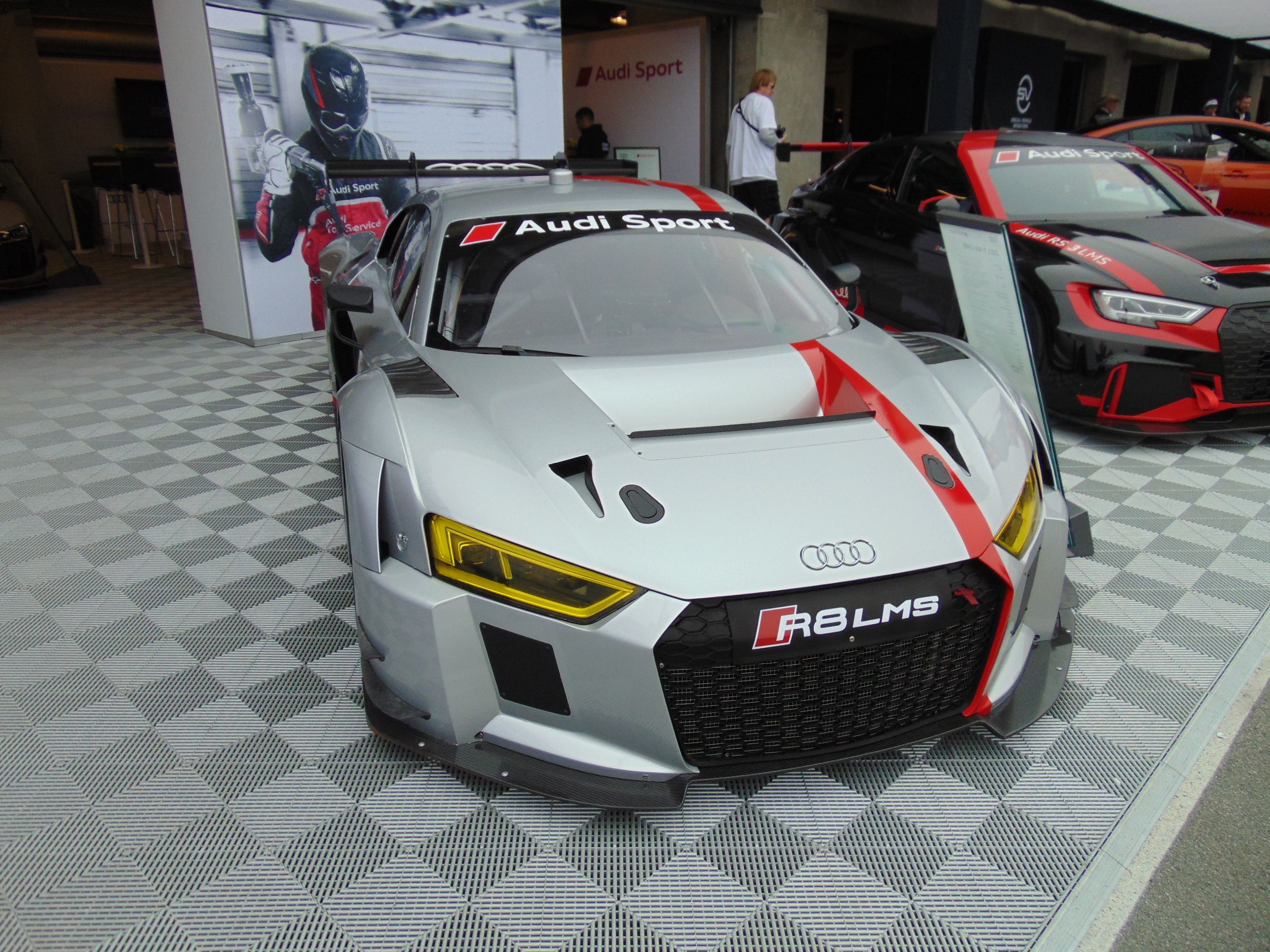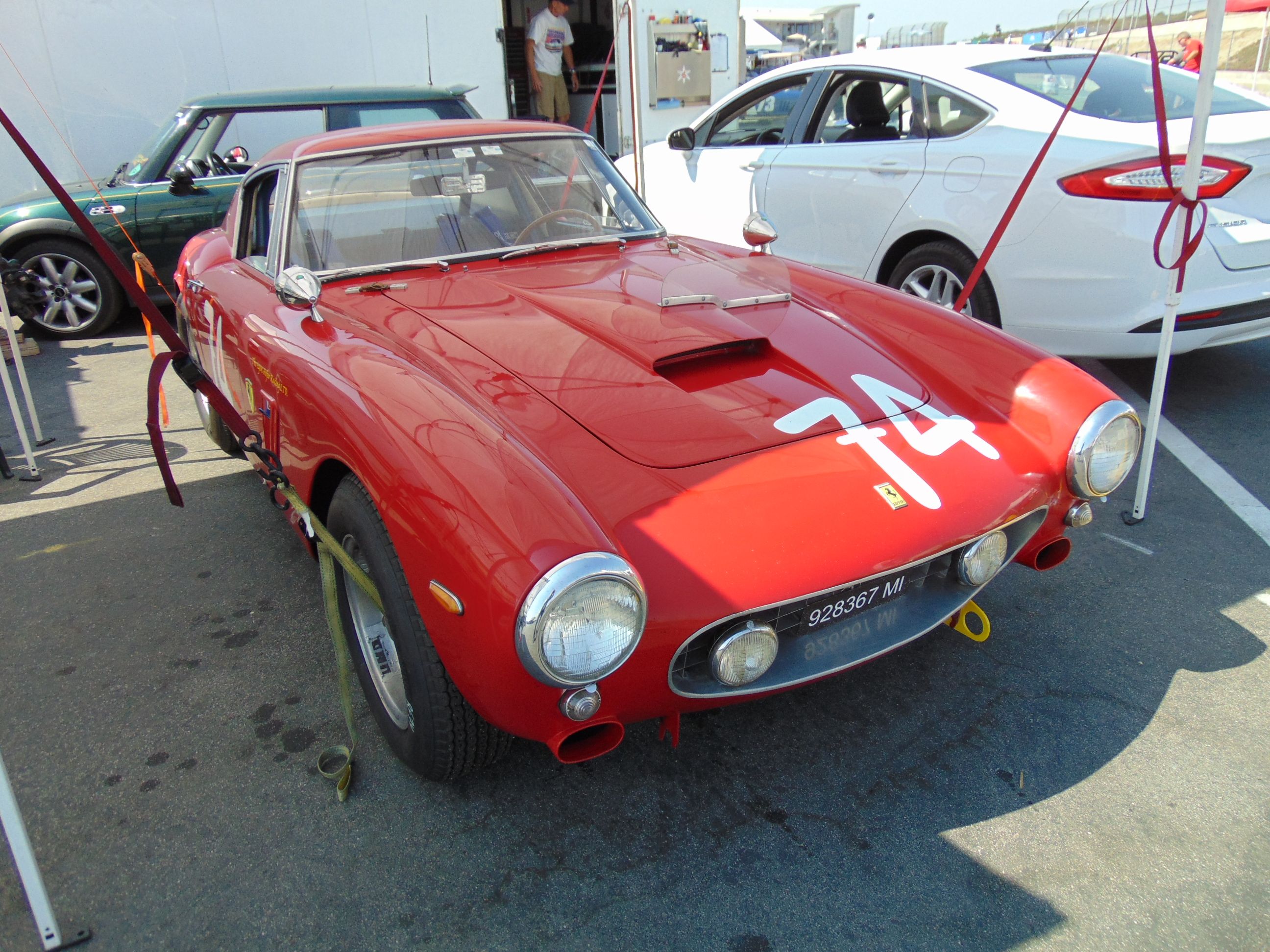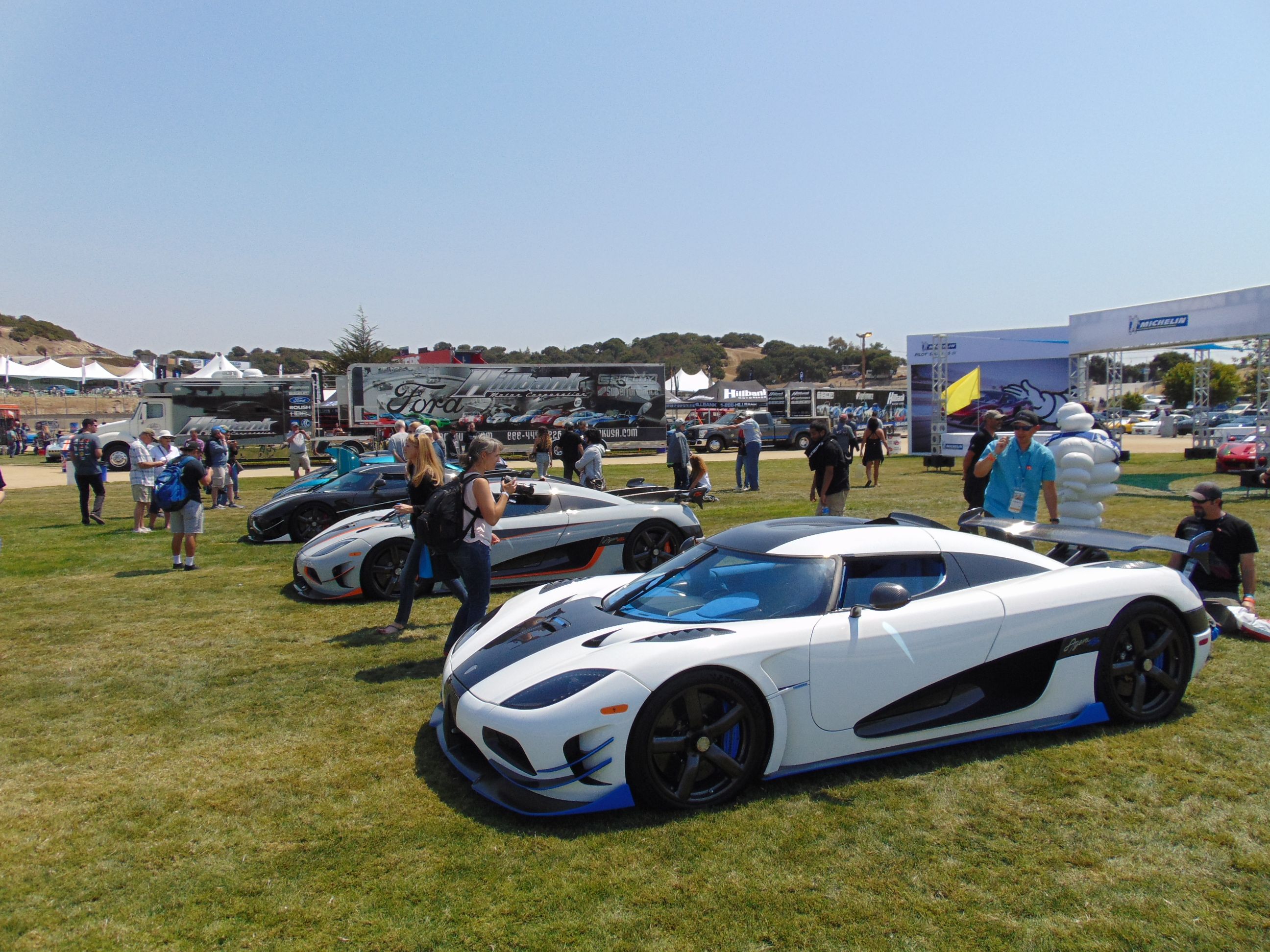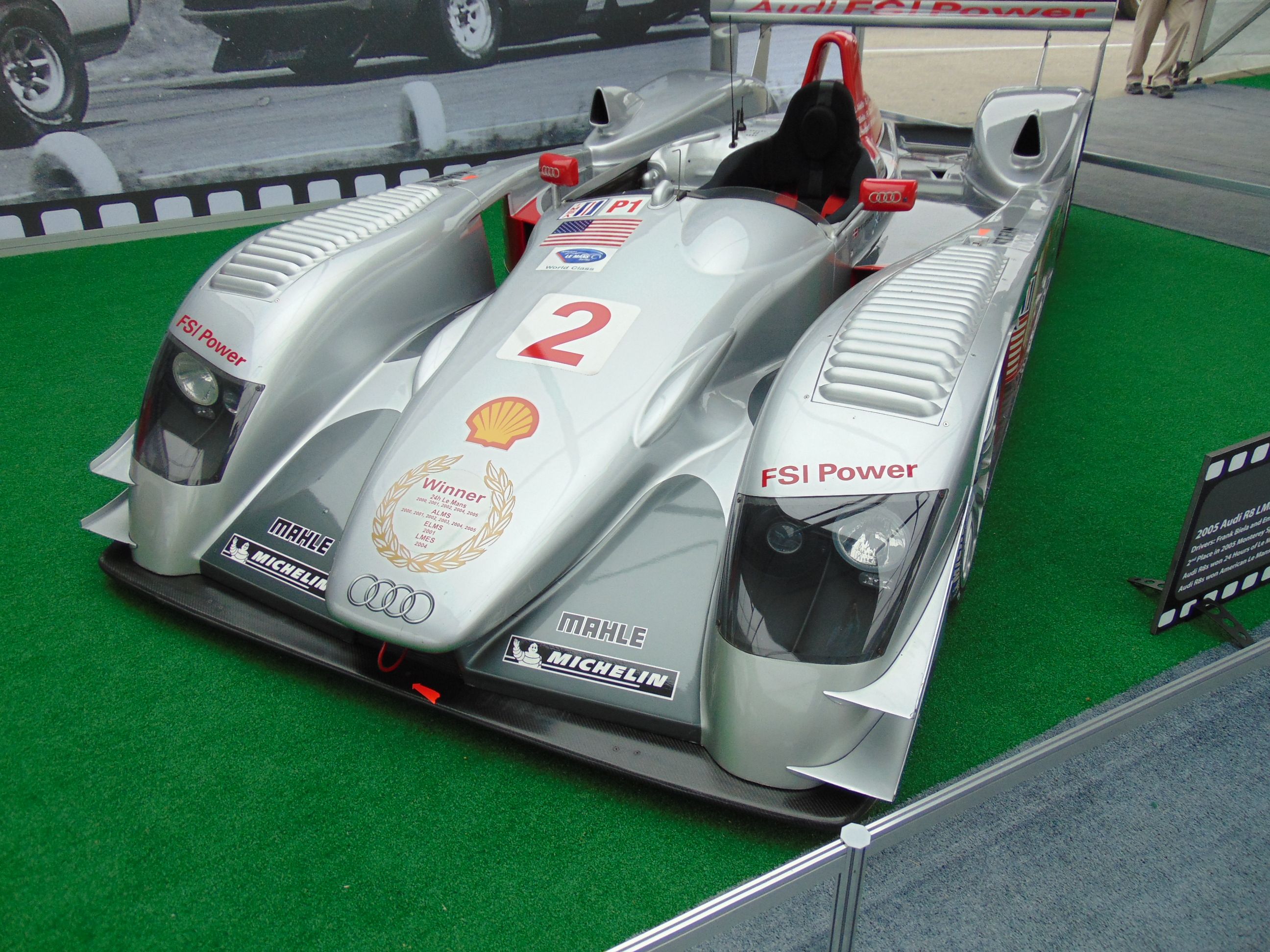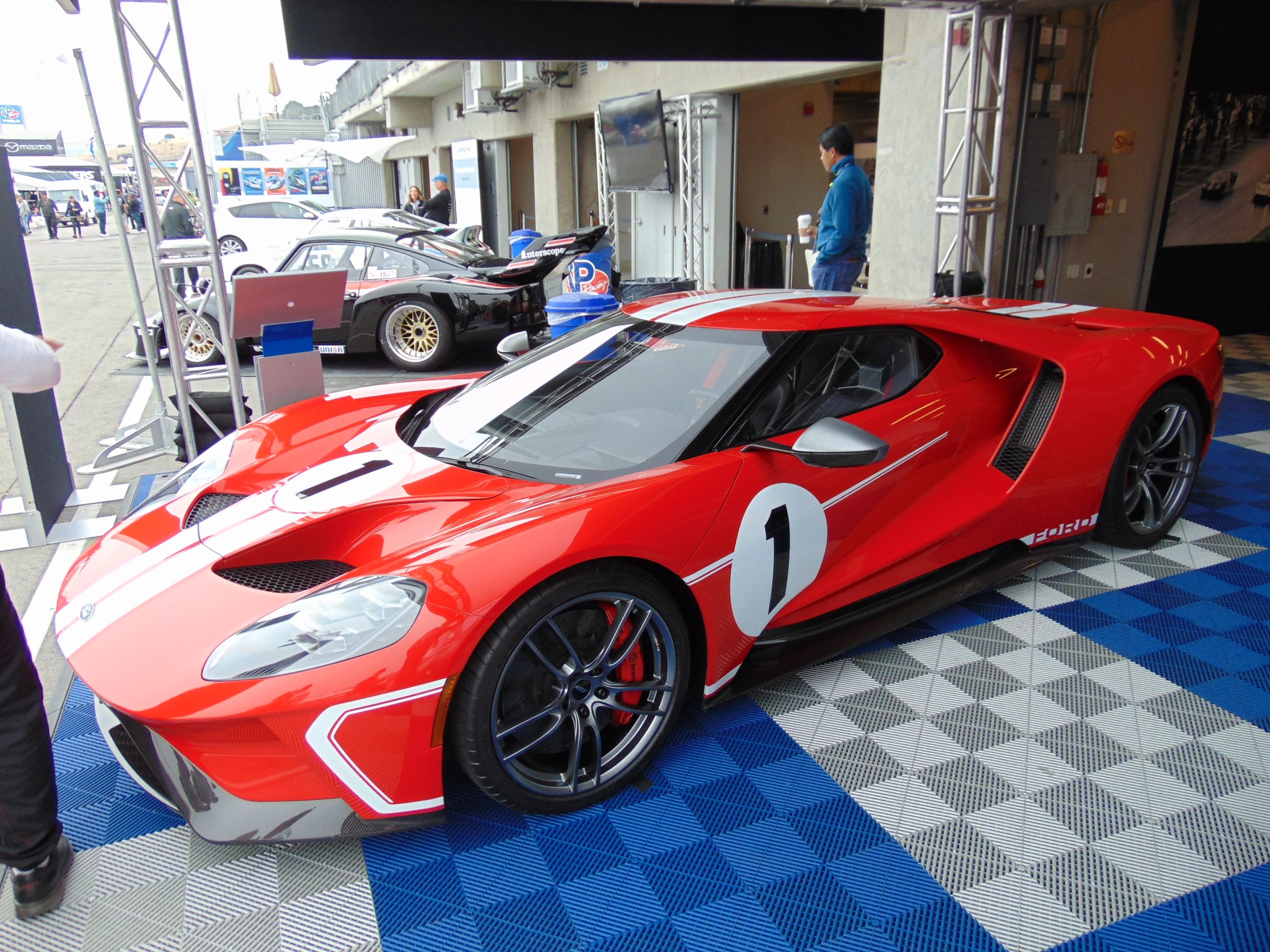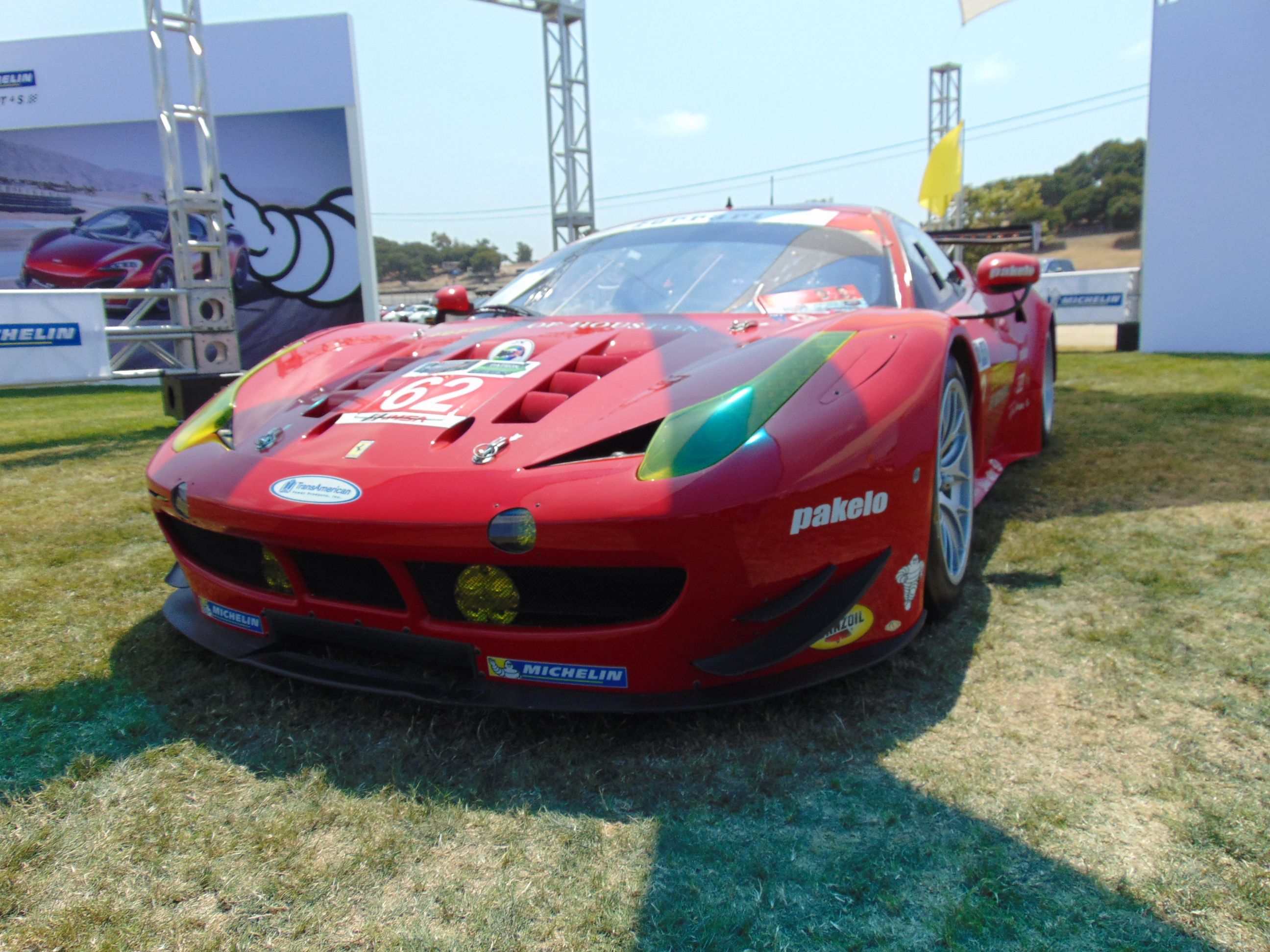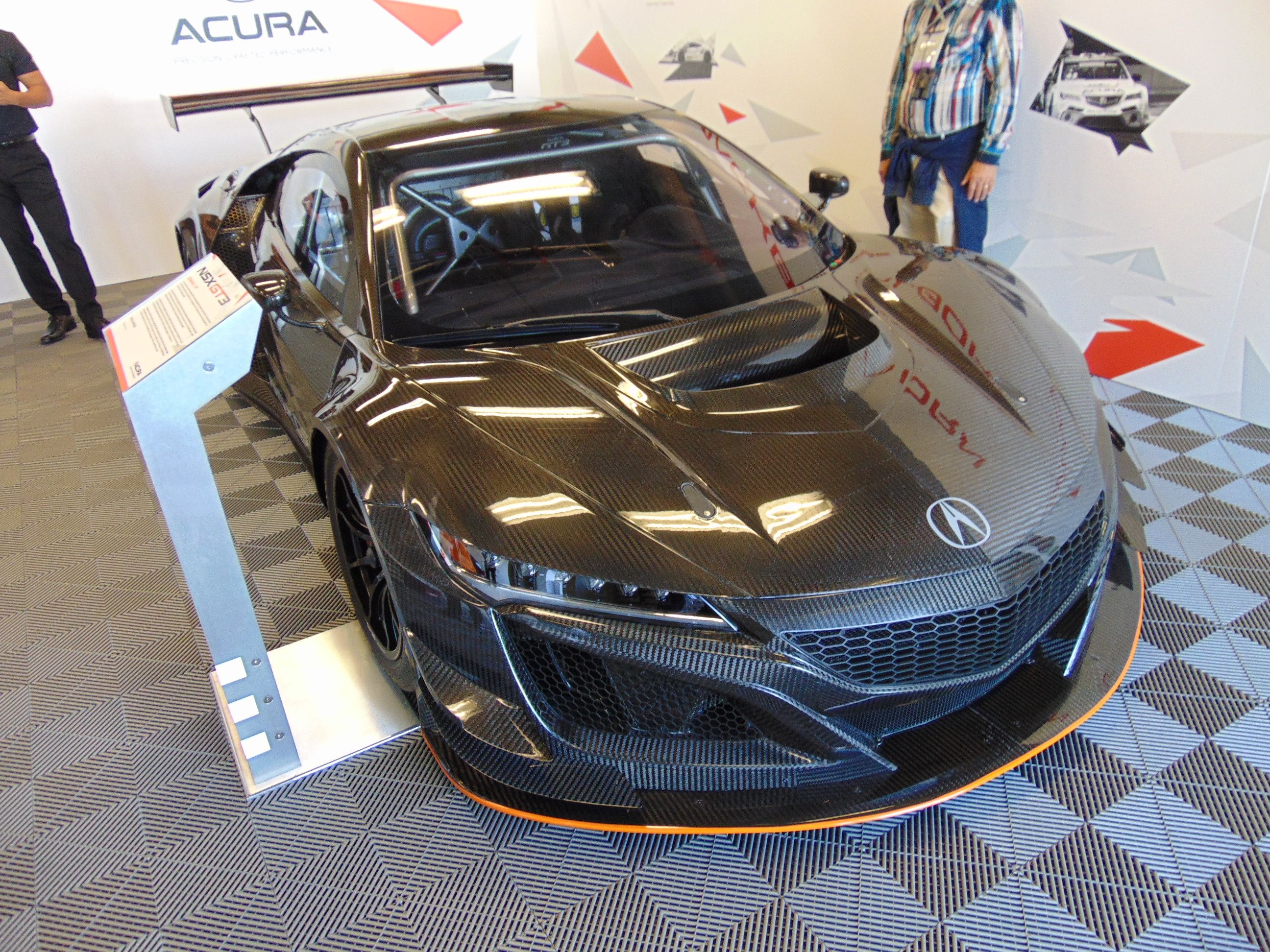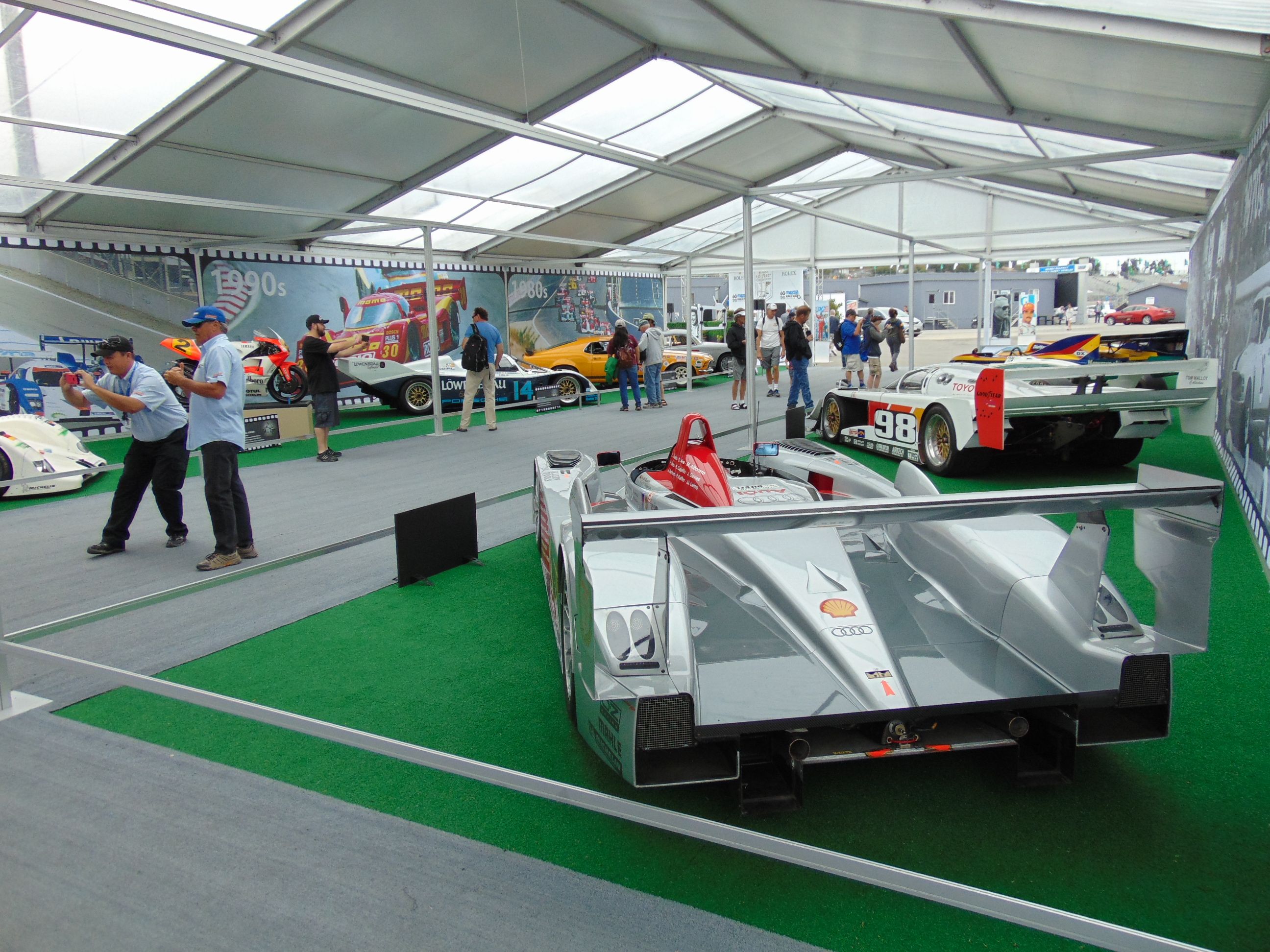The annual site of the Rolex Monterey Motorsports Reunion, the Mazda Raceway Laguna Seca, is celebrating its 60th anniversary in 2017. It is good to remember origins. They lend perspective and light the way for the future.
In 1957 the need for a race track was apparent with more safety features than the races through the forest at Pebble Beach then offered. In 1957 SCRAMP (Sports Car Racing Association of the Monterey Peninsula), along with funds and energy from local businessmen, began a project for a new race track. The site selected was in a natural bowl, which permitted simultaneous views of he majority of the race track. Negotiations took place with the US Army for use of the land, and a lease was signed. The track was completed in only 60 days, and the first race drew 100 entries viewed by 35,000 spectators. Now in 2017, 60 years later, SCRAMP continues to manage the circuit.
Keep reading to learn more
The Monterey Historic Automobile Races came into being in 1974, organized by Steve Earle as a platform for racing period-authentic automobiles. The event became a part of Monterey Car Week, and in 2011 the name was changed to the Rolex Monterey Motorsports Reunion.
Entering the raceway by the bridge near the media tower at the 2017 event, one of the first sights in view was a large tent housing a display of race cars entitled Racing Through the Decades. Quite a few race cars that made their mark on history were in the tent, along with descriptions of their accomplishments. Some of the cars under tent with racing experience at Mazda Raceway Laguna Seca were a 1985 Porsche 962, a 1971 Ford Mustang Boss 302, a 1956 Porsche 356A Carrera, a 1963 Shelby King Cobra, a 1973 Porsche 917/30, a 1983 March Indy Car, a 1993 AAR Toyota Eagle, and a 1999 BMW V12 LMR.
After admiring the display, I focused my attention on one of them, a 2005 Audi R8 LMP. The R8s had taken five overall victories at the 24 Hours of Le Mans, in 2000-2005, excepting 2003. These petrol-powered R8s took six wins at the American Le Mans Series also, finally being replaced in 2006 by the Audi R10, a diesel-powered machine.
Another type of Audi R8 was on display in Automotive Alley. This 2017 model, an R8 LMS (2007-present), is an enclosed sports car that complies with FIA GT3 regulations. Power is by a 5.2-liter V10 engine with DOHC and four valves per cylinder yielding 585 hp.
Christian von Koenigsegg’s car, named after him, was scheduled to lead a procession on track late in the day. I wanted to find where the car was lying in wait to give it a good scrutinizing, being that it is such a technical marvel. As I exited the media center I spotted a media shuttle that happened to have a few free moments. We headed for the Island, as I thought that the most likely place.
Exiting the shuttle, the first thing I found was a display of show prepared Shelby Cobras. I noticed two in particular, one in striking metallic green, the other in metallic blue. Pointing to the dash of one of the nearby Cobras, a spectator enthusiastically suggested I look at something. The dash boasted an actual autograph by Carroll Shelby. Lucky owner, as this is seemingly uncommon in the Shelby.
Nearby was a Ford Shelby Cobra Concept Car (2004). This model made its debut at the 2004 North American International Auto Show in Detroit. Its minimalist styling is not unlike the original Shelby Cobra. The car was designed and built by the Ford Advanced Product Creation team. Like its predecessors, the car’s features are Spartan. The powerplant is an all-aluminum V10, 6.4-liter (390 ci in) engine which produces almost 650 hp and just over 500 ft-lb of torque near tach red-line. The engine employs double-overhead-cam, velocity stacks, port fuel injection, and a dry-sump lubrication system.
In the adjacent display I finally found the Koenigsegg. Its doors were open, so I asked the attendant if I could enter to try the fit. He said that regretfully, no, the car was privately owned. But he suggested that if I waited a quarter hour, four more should arrive from a nearby location.
As promised, fifteen minutes later four more Koenigseggs (1996-present) rolled in, all in different colors. “What luck”, I thought. I had never seen more than a solitary Koenigsegg in one place previously.
The technology is awe inspiring that Christian von Koenigsegg has designed into the nearly 20 iterations of his hypercar since the 1996 prototype. His V8 engine without camshaft is one example, enabling the engine to rev to 15,000 RPM, similar to the Formula One engines with the pneumatic-actuated valve system. Another reason the Koenigsegg is special is a 270-plus mph top speed, the 0 – 60 mph acceleration time of well under 3 seconds, and the nearly 1,000 hp the Agera model puts out, although these numbers seem to keep improving.
The Koenigsegg uses carbon fiber extensively in various models to reduce weight. In the limited edition Trevita, Koenigsegg developed a proprietary white carbon fiber for the body. Some chassis also are made of carbon fiber with a F1-type honeycomb core. Other components getting the carbon fiber treatment are the carbon fiber intake manifold, and bevel carbon fiber springs.
The key word with the Koenigsegg is “proprietary”. Most of the components that make up the car are custom made. The Dihedral Synchro-Helix door is an example. This door system permits the extra-long structure to move outward and upward simultaneously.
Production methods meriting praise include the 3-D scanning system, employed to ensure body panels align properly as specified by CAD (computer aided design) requirements. Passenger comfort is not overlooked, noting the active noise cancellation system employed for a quiet ride. Of course robust engine exhaust notes are permitted to enter, at least at a reasonable level. The list of superlatives of this still evolving hypercar seems endless, but I think I have made my point about this remarkable automobile.
The Porsche display in Automotive Alley boasted several impressive racing cars. One was an aggressive looking Porsche 935 (1976-1978) in highly polished black, bearing #0, with red, orange, and white racing stripes. The car was previously driven by Danny Ongais (“On gas”), a talented Hawaiian driver who raced nearly everything from dragsters to Formula 1. Ongais raced this car on billionaire Tom Field’s Interscope racing team.
The Porsche 935 model was debuted by a Martini sponsored works crew in 1976. The model went through several iterations, including the 935/78 in 1978. The 935 has an illustrious resume with many wins to its credit, including an overall win at the 24 Hours of Le Mans in 1979, and six times each at the 24 Hours of Daytona, and the 12 Hours of Sebring.
I found another Porsche 935 resting in the paddocks. This model belonged to Bill and Don Whittington, and was a 1977 version. This car looked real racy in its mustard-yellow color and aerodynamic body. Eventually the impressive power output of model 935 reached within a few ponies of 850 hp.
The latest iteration of the Ford GT (2004-2006, 2016-present), winner of the GT class at the 2016 Le Mans 24 Hours, was found just outside its garage in Automotive Alley looking lovely in red paint. If it appears to have extreme styling, consider that it probably is the very definition of the architectural adage, “form follows function”. The wind tunnel tests at Allen Park, Michigan weren’t done casually, they were quite extensive. Those tests helped with the design, and design verification of the car, especially the static and active aerodynamics.
The wind tunnel helped achieve low drag with maximum down force, stability, efficiency, and improve wind noise acoustics inside the vehicle. Although the so-called flying buttresses towards the upper-rear of the body may appear excessive, they are multi-functional. Car fluids pass through them, while air channels under them to the active rear wing creating downforce, and this air also enters the intercoolers in front of the rear wheels. Ford says that the close fit of the GT’s body around the V6 engine further enhances the aerodynamics. That twin-turbo, 3.5-liter engine is quite powerful at 647 hp. Ford eschewed employing a hybrid scheme which would have cost in weight and added complexity.
There is more than just functional exterior styling to the Ford GT. Nearly 30 computer processors are built into the car, with the movable rear wing being one example. As car speed increases the rear wing rises, under computer control, thus increasing down force and grip for better negotiating curves. In the GT’s track mode under aggressive braking the rear wing also rises, increasing drag and thereby reduces the car’s speed.
Turbo lag, long a fact of life in turbo assisted engines, has apparently been reduced to unnoticeable levels in the Ford GT. Turbo lag is the unwanted delay from when the accelerator is depressed until the turbo-boosted engine power suddenly slams into effect. The GT’s computers effectively keep the turbos always on boost, so that the GT seems to perform like a naturally aspirated engine.
A few more things about this fine piece of automotive work. The smallest details have received attention, such as those openings around the tail lights which permit hot air (not engine exhaust) to be vented out through them. Very notable, the GT’s chassis, complete body, passenger cell, and even the wheels are constructed of carbon fiber with the goal of achieving the lowest weight, and best power to weight ratio possible.
Another car on display in Automotive Alley was Nissan’s race car, the NSX GT3 (Second Generation, 2016-present). The car is powered by as 3.5 liter, twin-turbo, V6 with dry-sump system, delivering power through a 6-speed, sequential shift racing gearbox. There is much going on with the styling. The GT3 is homologated to compete in more than two dozen FIA sanctioned racing series internationally.
Back on track, the Trans-Am race cars sounded in superb tune. They were revving high and as smooth as silk. The speed indicator on the bridge indicated 139 mph quite a few times as the cars shot under the bridge at the Media Center.
For” hot hardware”, automotive I mean, the Rolex Monterey Motorsports Reunion is the place to be! In the paddocks, at displays, or during wheel to wheel competition on track, whether on the Island, in Automotive Alley, or down the Corkscrew, the Reunion has it all!

